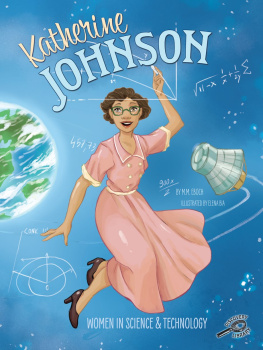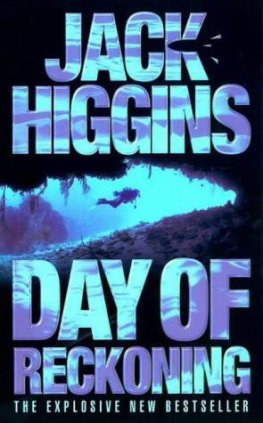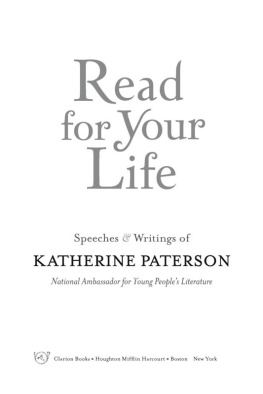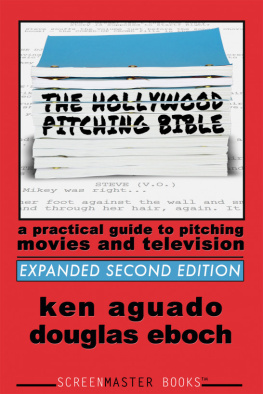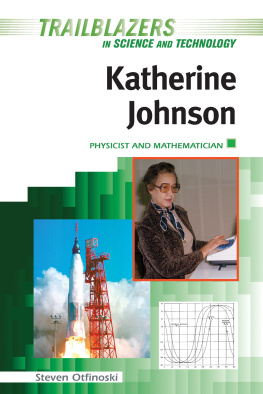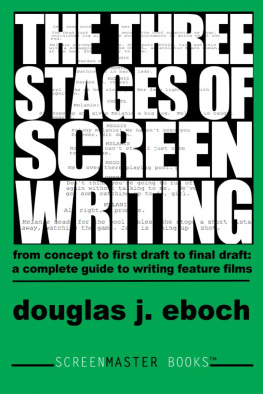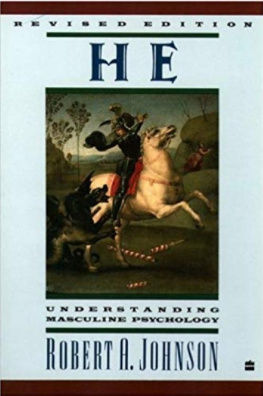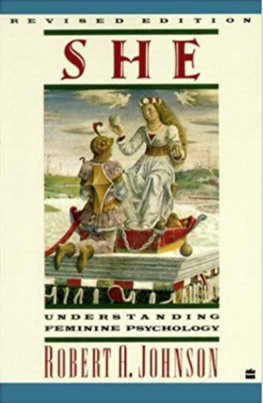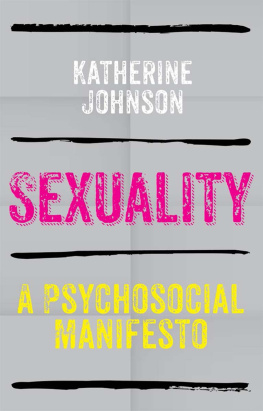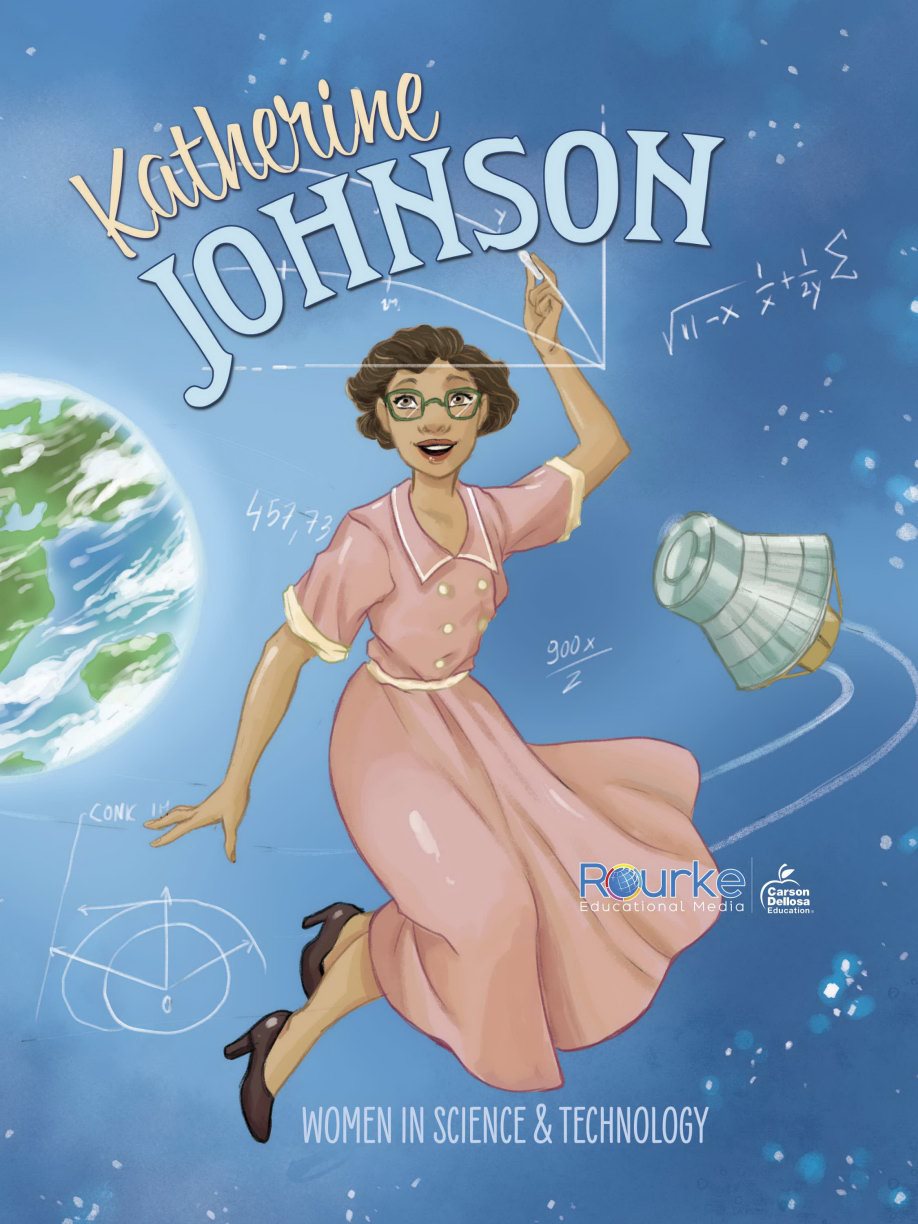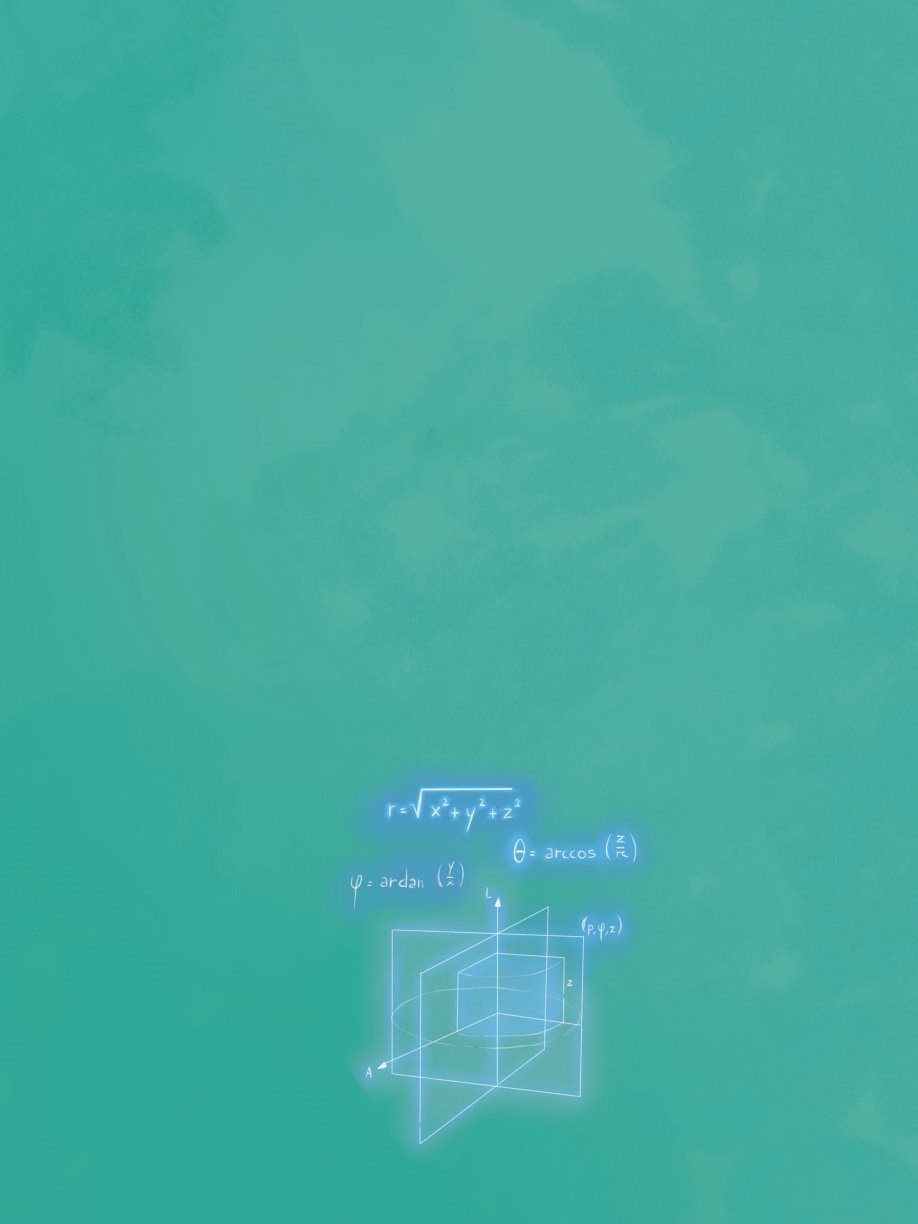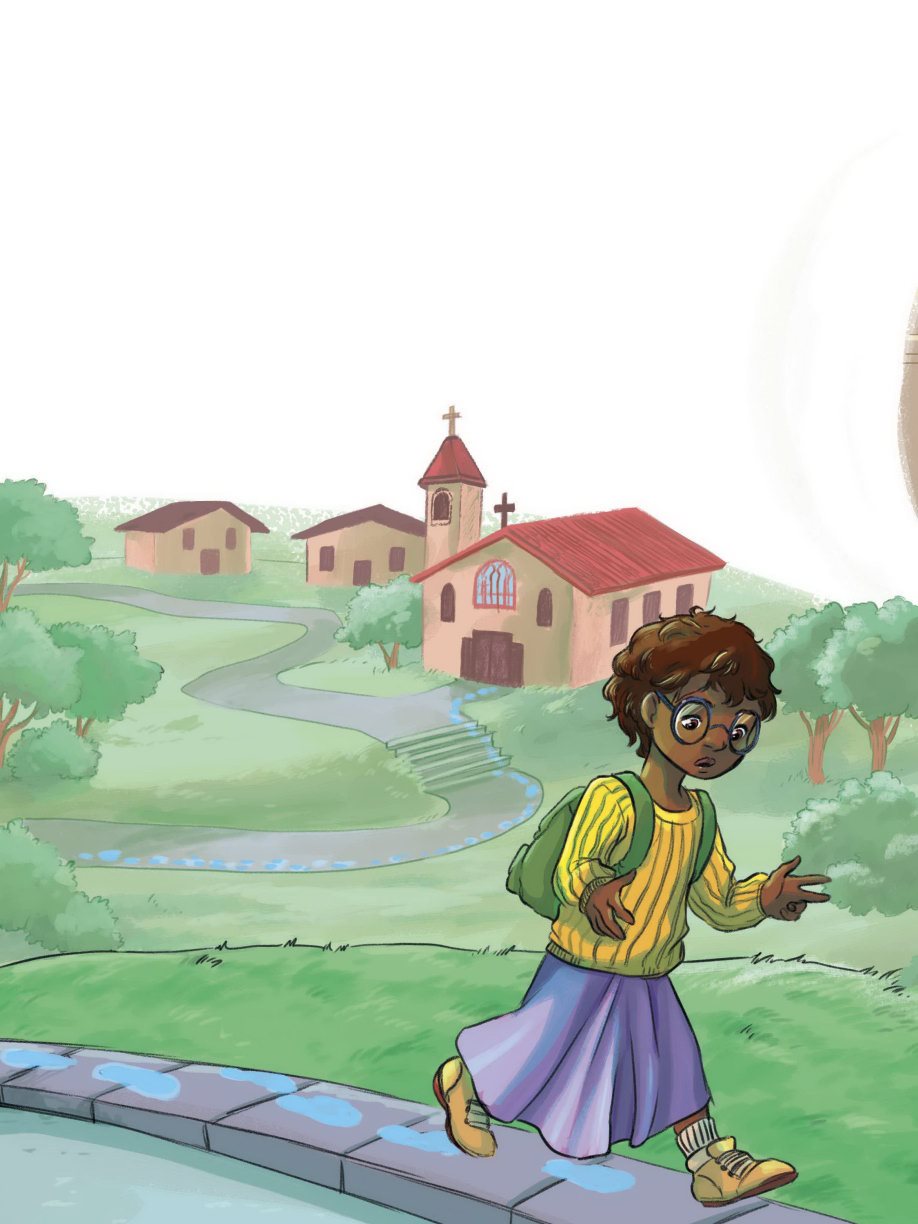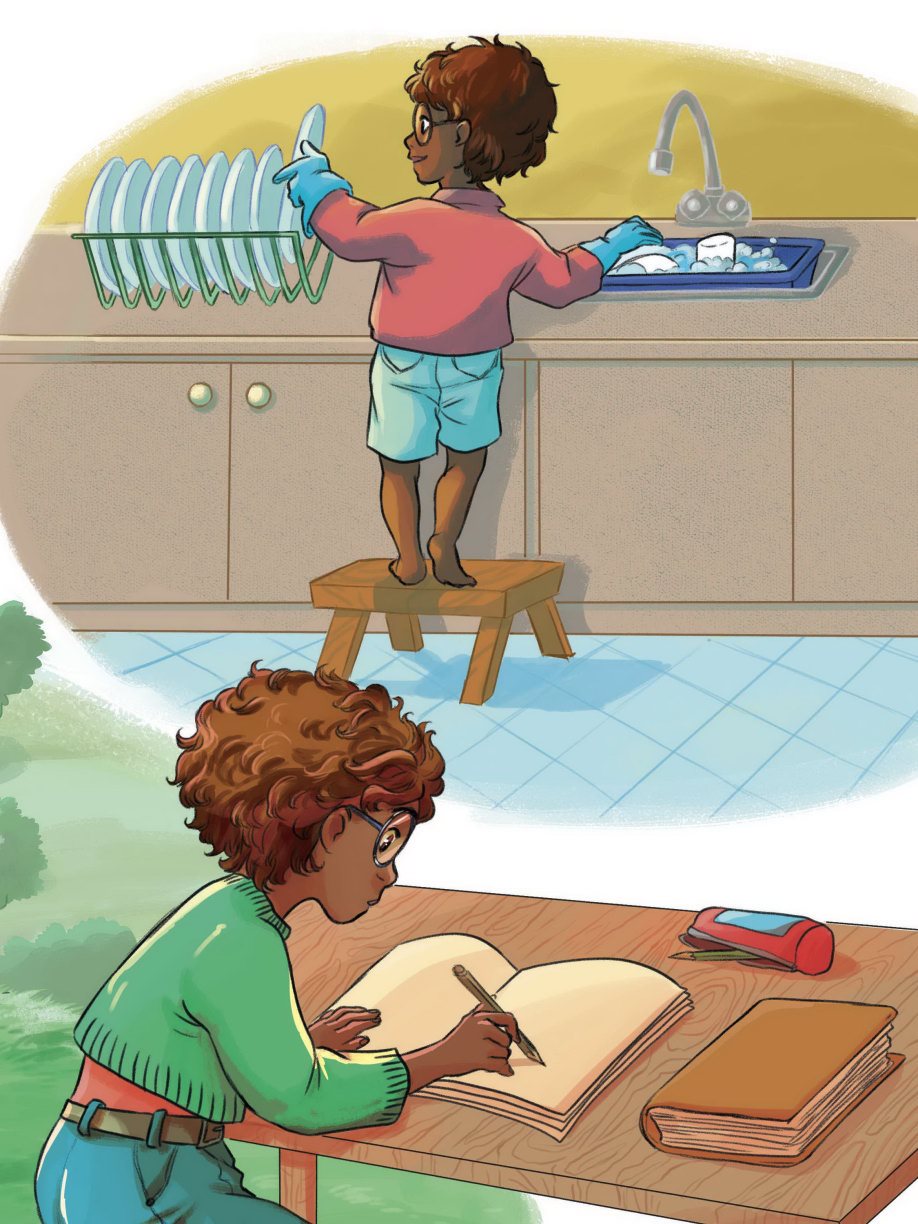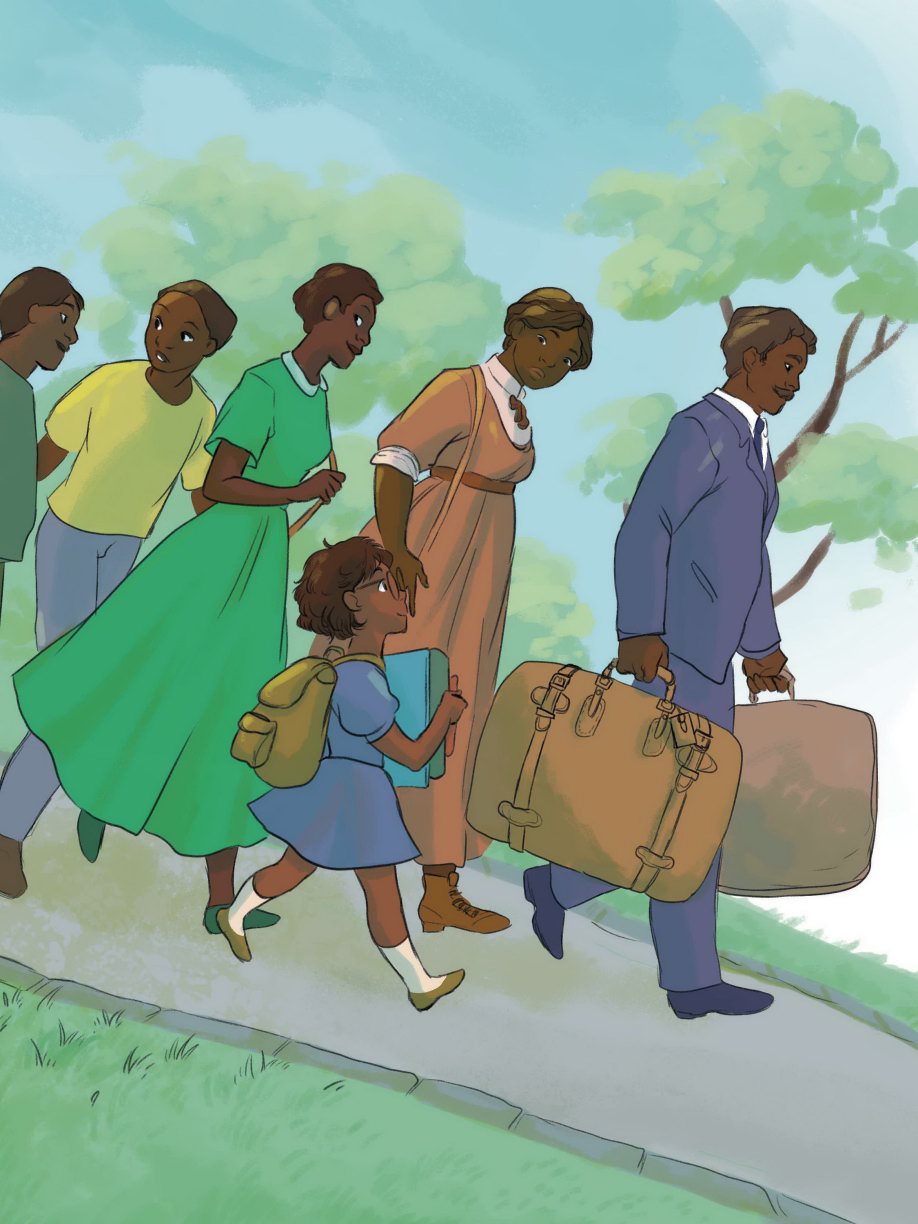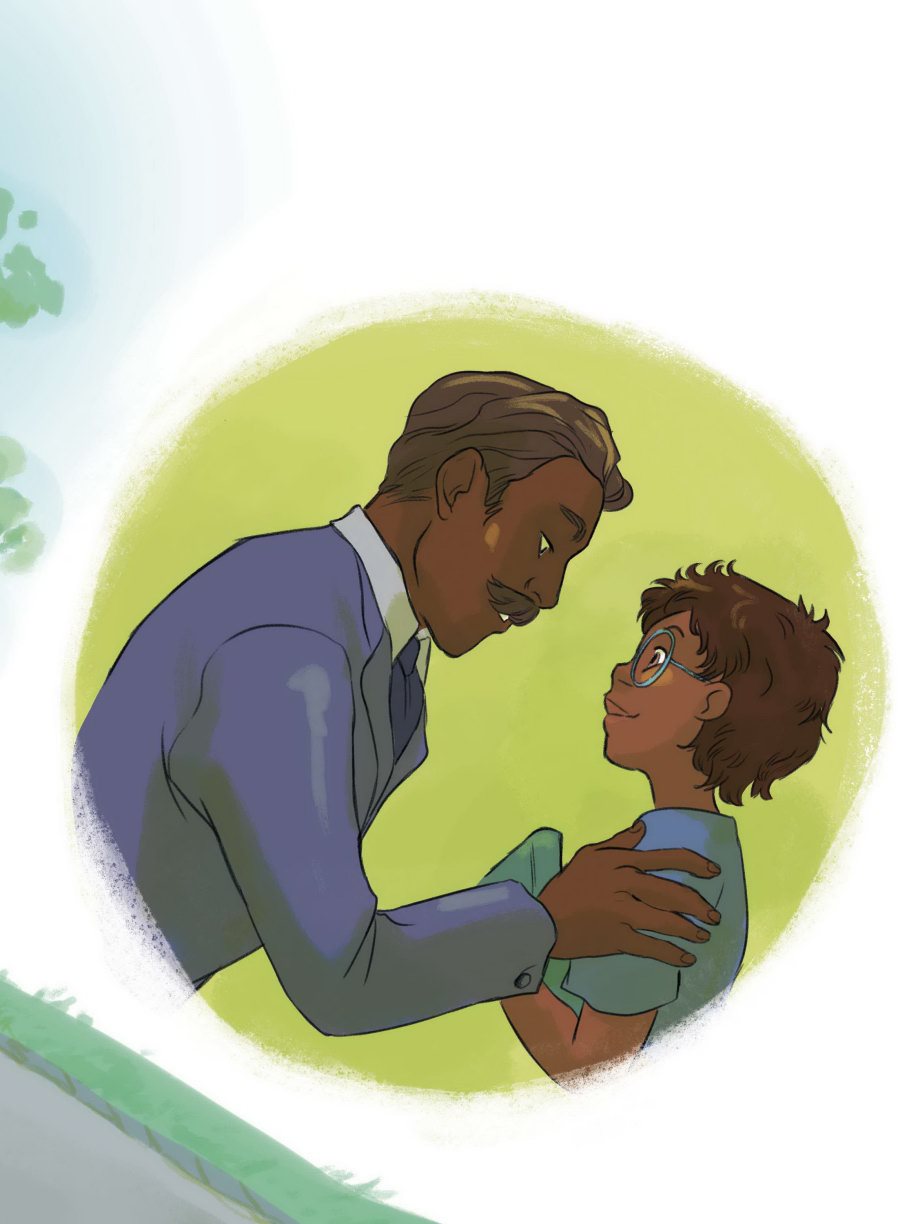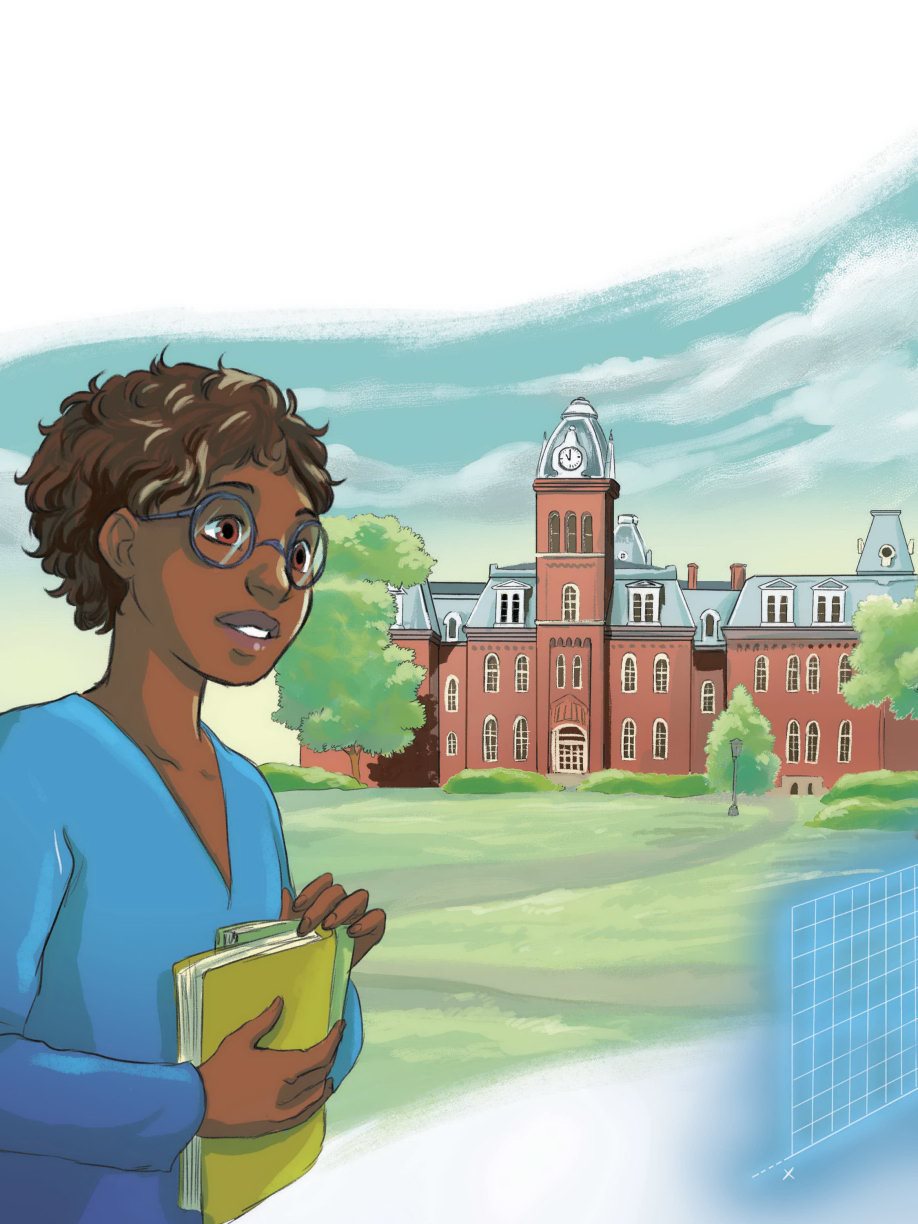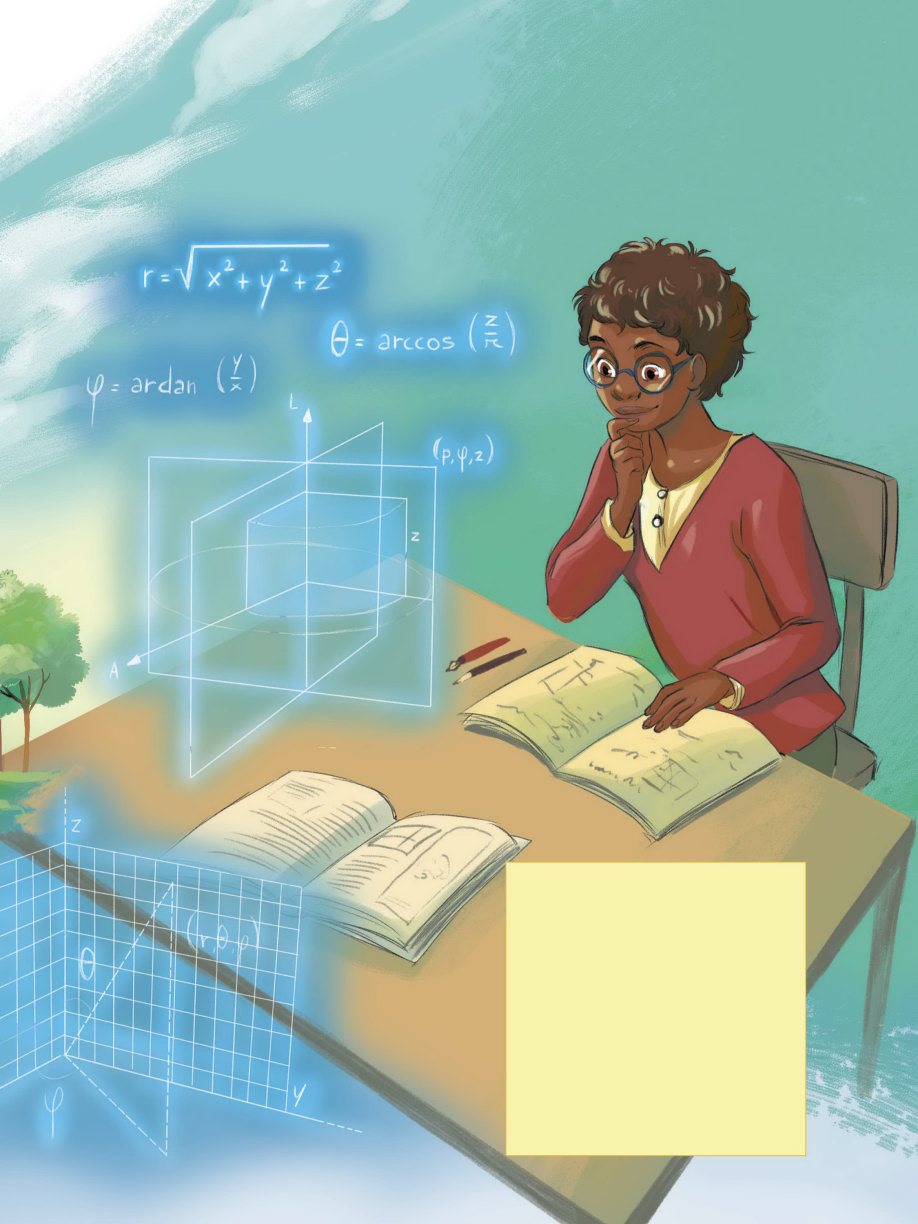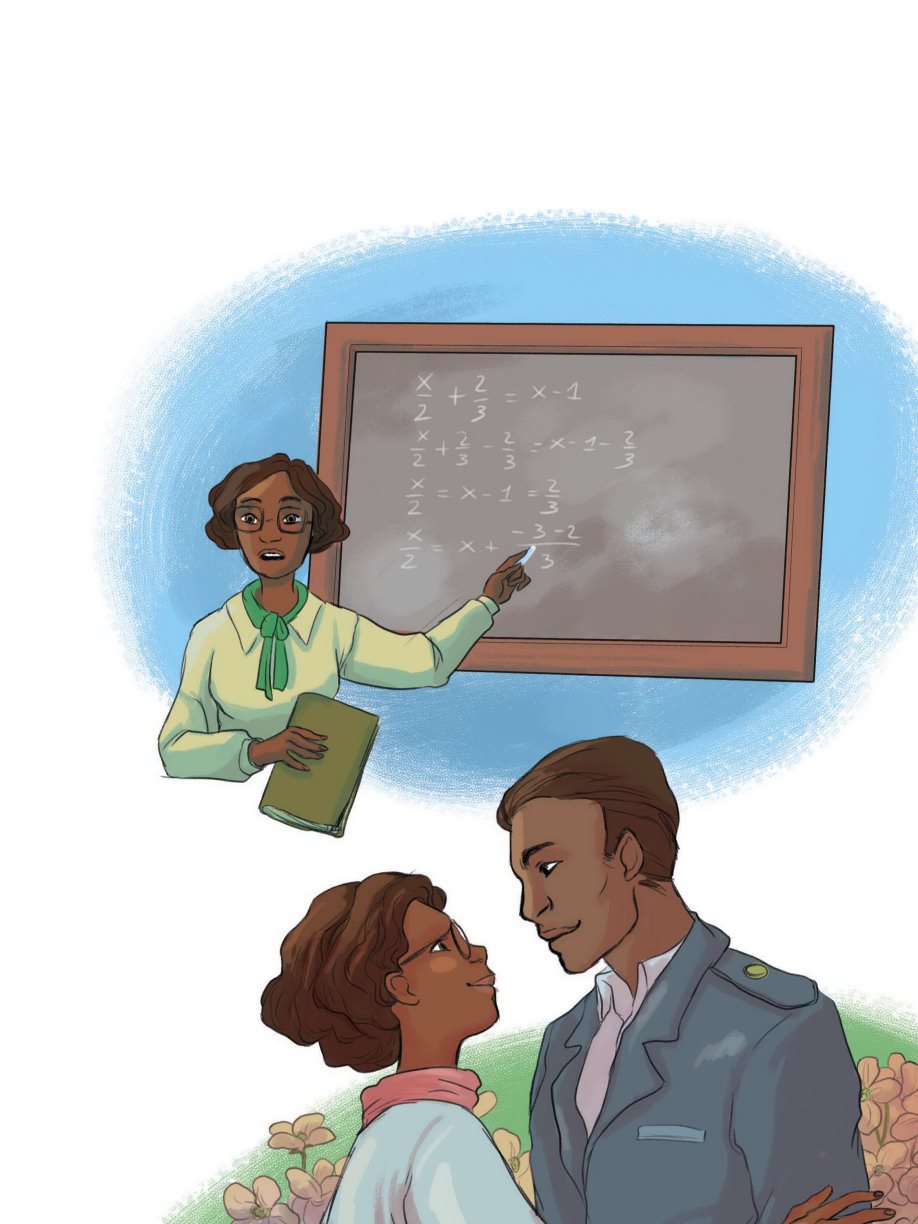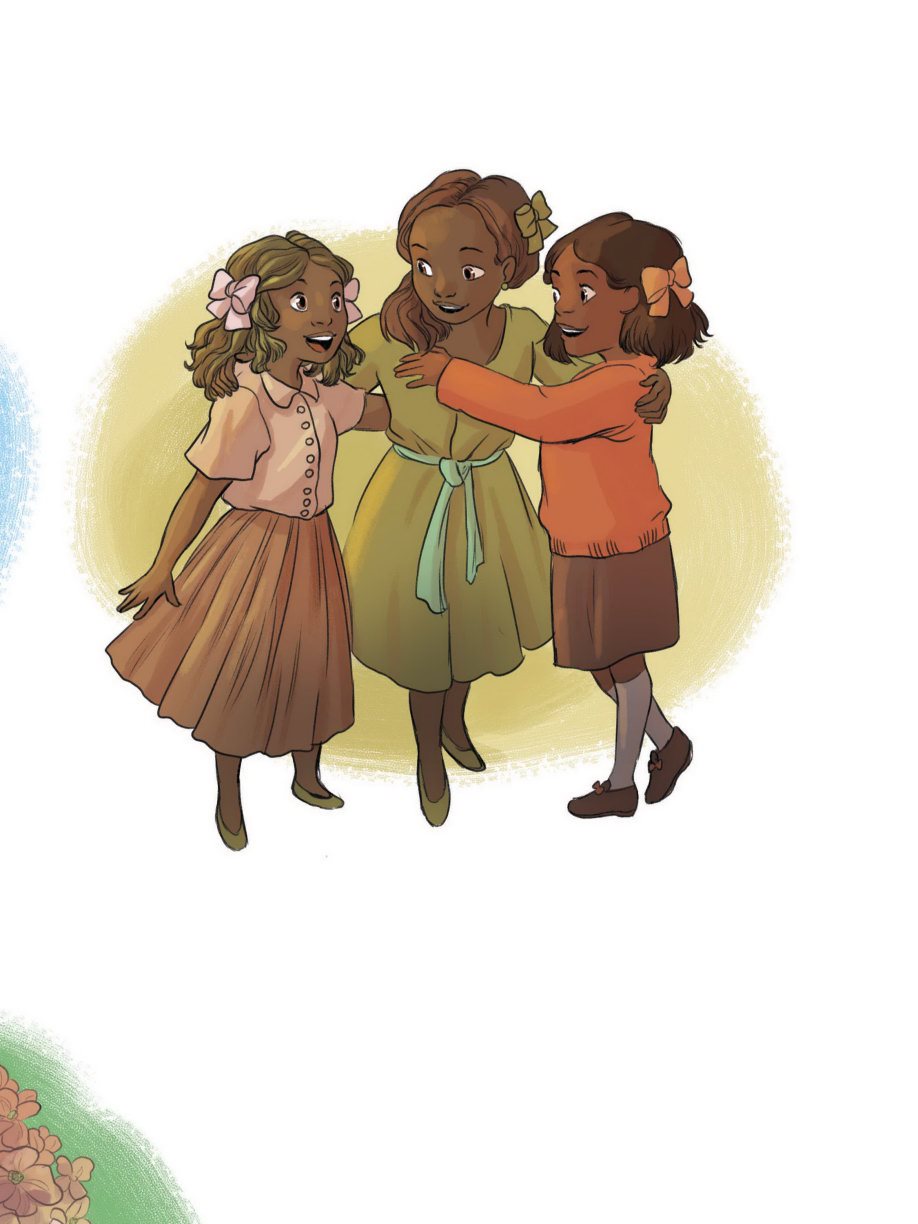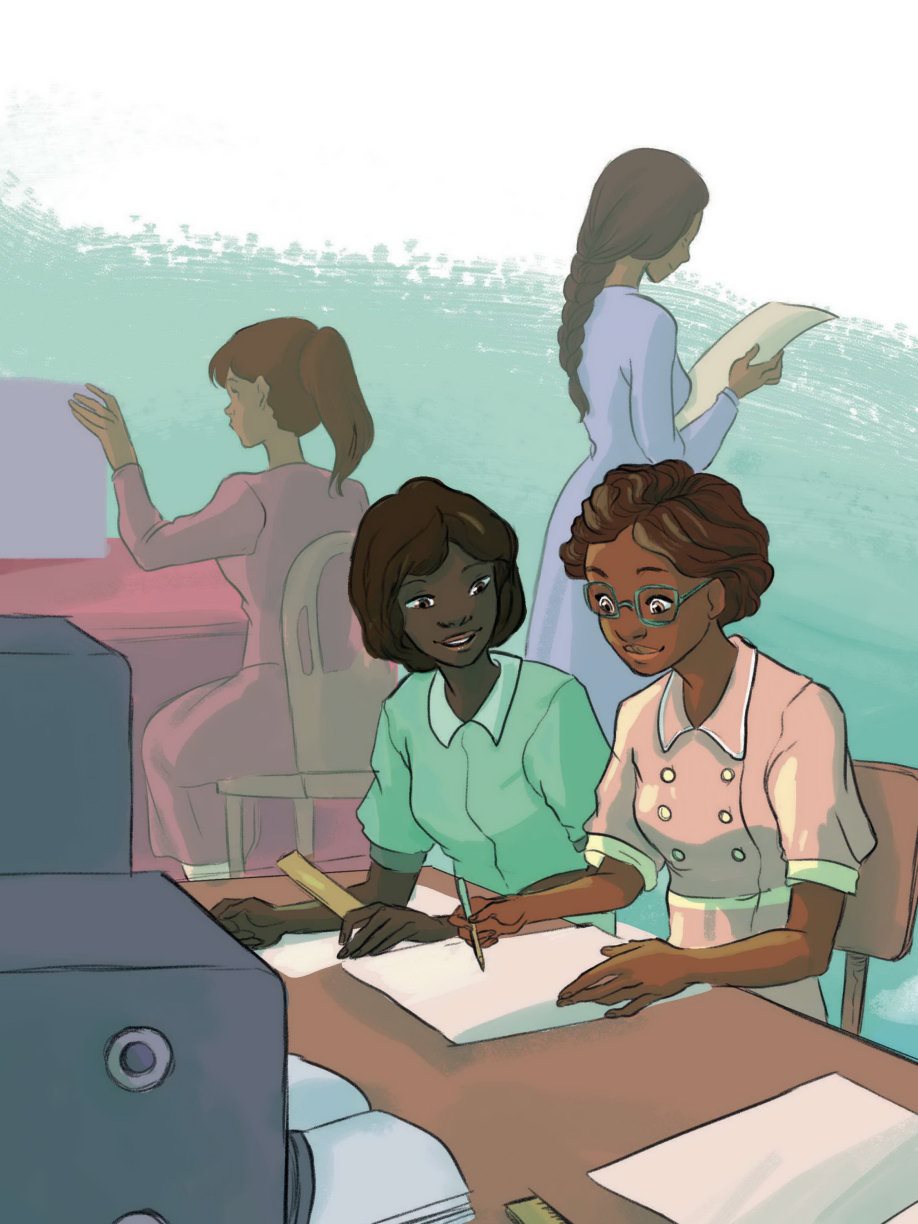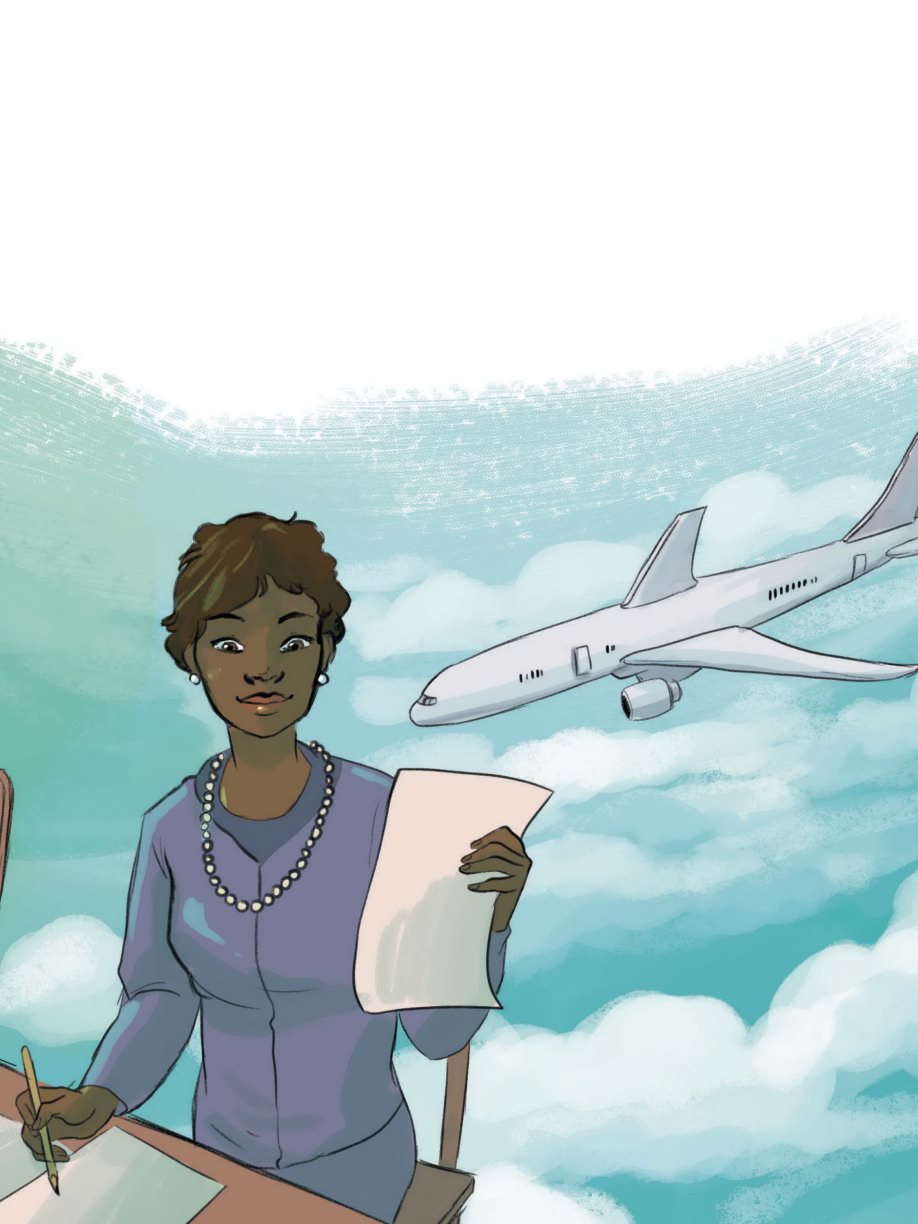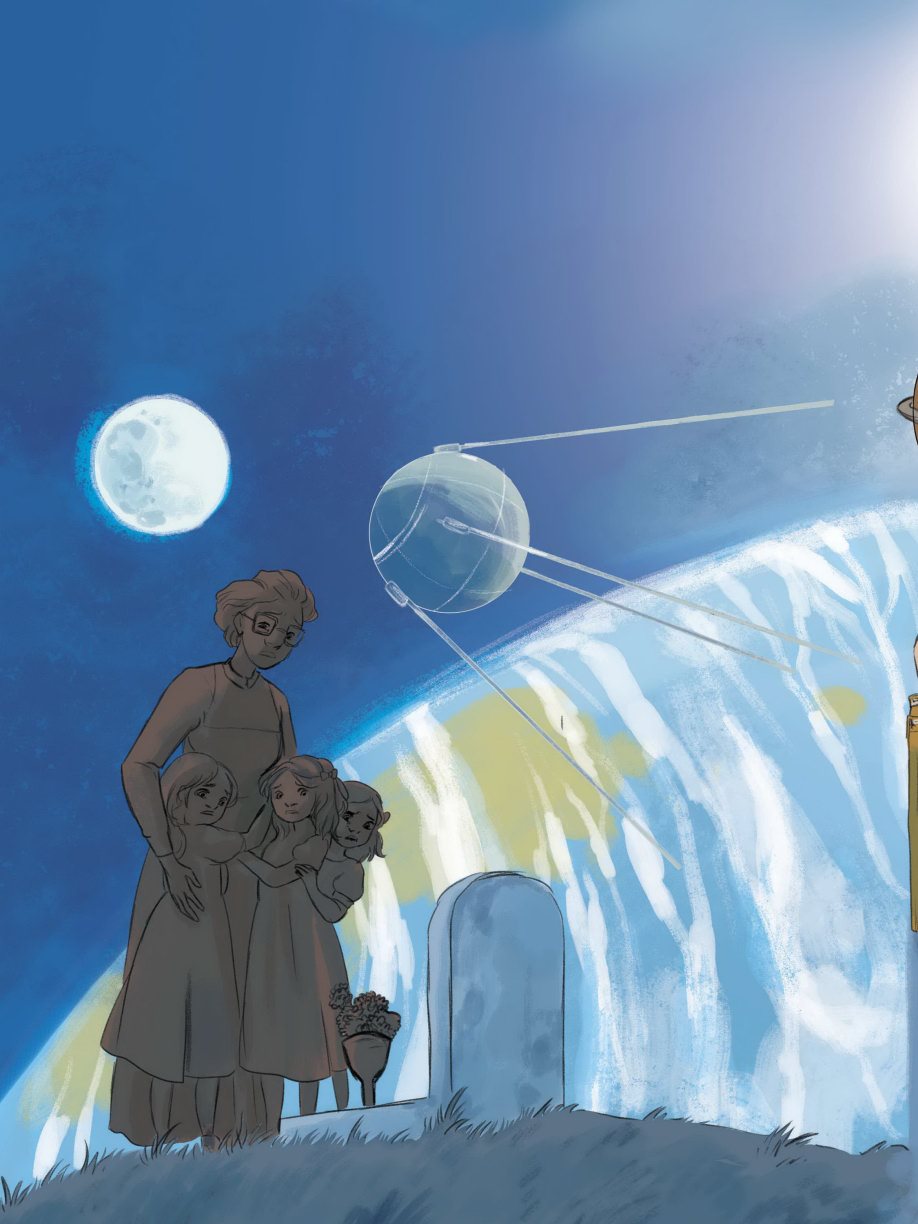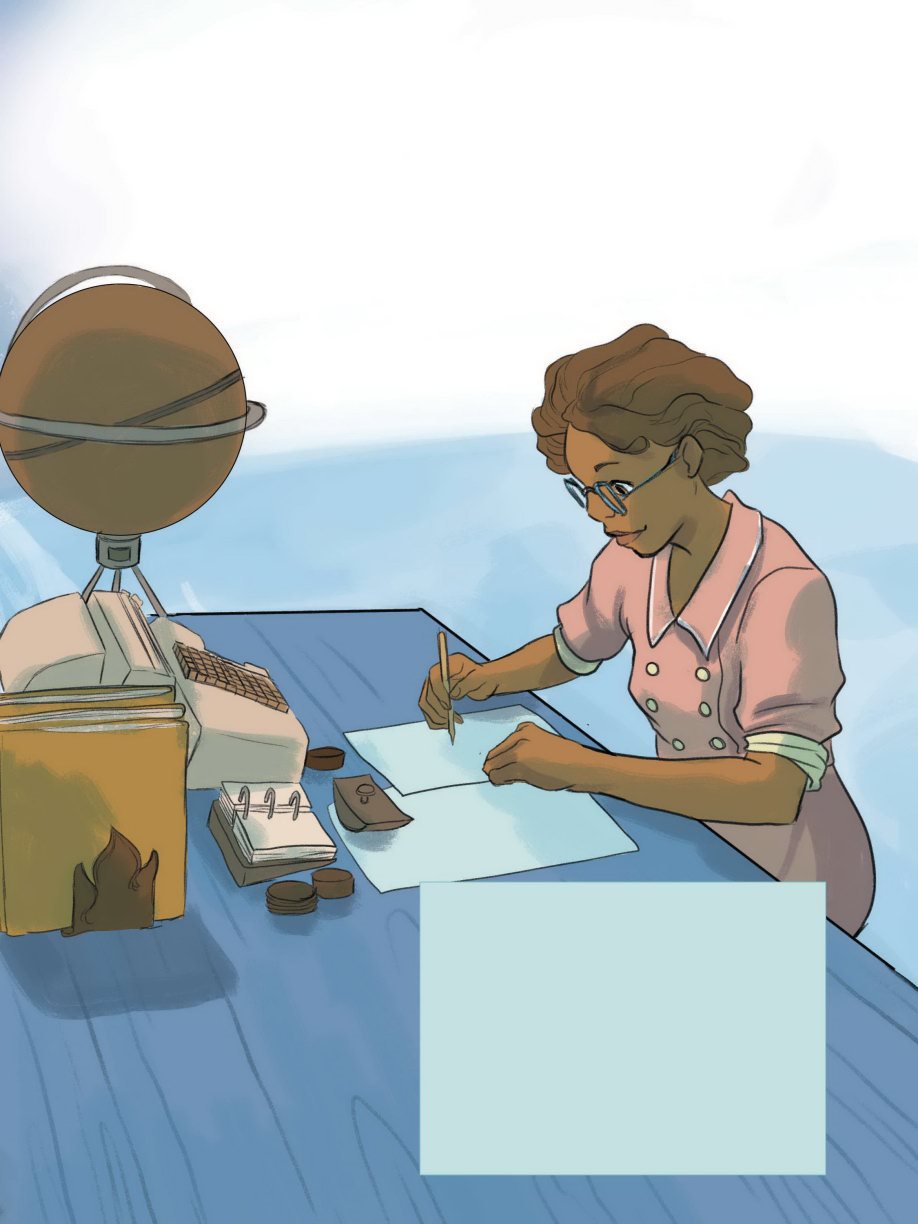ROURKES
SCHOOL to HOME
C ONNECTIONS
Bef ore Reading: Building Back ground Knowledge and V oc abulary Building back ground knowledge can help childr en proce ss new information and build upon what they already know . Before r eading a book, it is important to tap into what childr en already know about the to pic. This will help them deve lop their vocabulary and incre ase their reading compre hension.
BEFORE AND DURING READING A CTI VITIES
Questions and Activities to Build Back ground Knowledge: L ook at the front cov er of the book and re ad the title. What do you think this book will be about?
2. W hat do you already kno w about this topic?
3. T ak e a book walk and skim the p ages. Look at the table of contents, photographs, captions, and bold words. Did these text feature s give you any inf ormation or pre dictions about what you will read in this book?
During Reading: Reading f or Meaning and Understanding T o achieve dee p comprehension of a book, childr en are e ncouraged to use close re ading strategies. During re ading, it is important to have childre n stop and make connections. These connections result in deeper analysis and unders tanding of a book.
Close Reading a T ext During r eading, have childre n stop and talk about the following: Any confusing parts A ny unknown word s T ex t to text, text to self, text to world connections The main idea in each chapter or heading
Encourage childre n to use context clues to determine the meaning of any unknown wor ds. These strategies will help childre n learn to analyze the text more thor oughly as they re ad.
When you are fi nished reading this book, turn to the next-to-last page fo r Tex t-Dependent Questions and an Extension Activity .
V ocabulary Wo rds: analyzed geometry i ntegration orbit
Voc abulary: Voc abulary Is Ke y to Reading Comprehension Use the f ollowing directions to pr ompt a conve rsation about each wor d.
R ead the vocabulary wor ds.
W hat comes to mind when you see each word ? W hat do you think each word means?
physics r esearch s egregation s ervant
K
ATH ERINE COU NTS
Y oung Katherine loved to coun t. She counted t he steps to the road. She counte d the steps up to church. Sh e counted the forks and p lates when she washed dishes.
Smart and c urious, she skipped several g rades in school. By age ten, s he was ready for high school!
But her t own did not have a high school for African Americans. They were not allowed to go to school with white children.
Her f ather took the family to another cit y.
He said, Yo u are as good as an yb ody in this town.
them there and went back home to farm. Their mother
worked as a
servant
. The children stay ed in school.
He lef t
A t 15, Katherine went to college. Sh e learned all about math. One teacher made a class just for her . It covered geometry in outer space.
MA
TH FOR SPACE
K atherine nished college with high honors. She had degrees in mat hematics and French. Few women had math degre es. Few African Americans had jobs in math.
W est Virgi nia St ate
Kat herin e went to W es t Virgi nia St ate Unive rsi ty . Only Afri can Ameri cans w ent there . Ma ny W es t V irgi nia schoo ls were se par ate d b y race . I n 193 9, the st ate began mixing som e scho ols . This was ca lle d inte gr at ion .
L ater, Katherine tried again. They hired her! She w orked with a large group of women. They used rulers and adding machines to solve hard math pro blems.
Once again, Katherine was counti ng.
In 1953 , Katherine began work at a new lab. She analyzed ight tests. For one job , she investigated a plane crash.
Katherine wanted to know how and wh y things worked, or wh y they di dnt. Only men were supposed to go to meetings. Katherine went anywa y. S he met more people and learned new things. She became an important team member .

